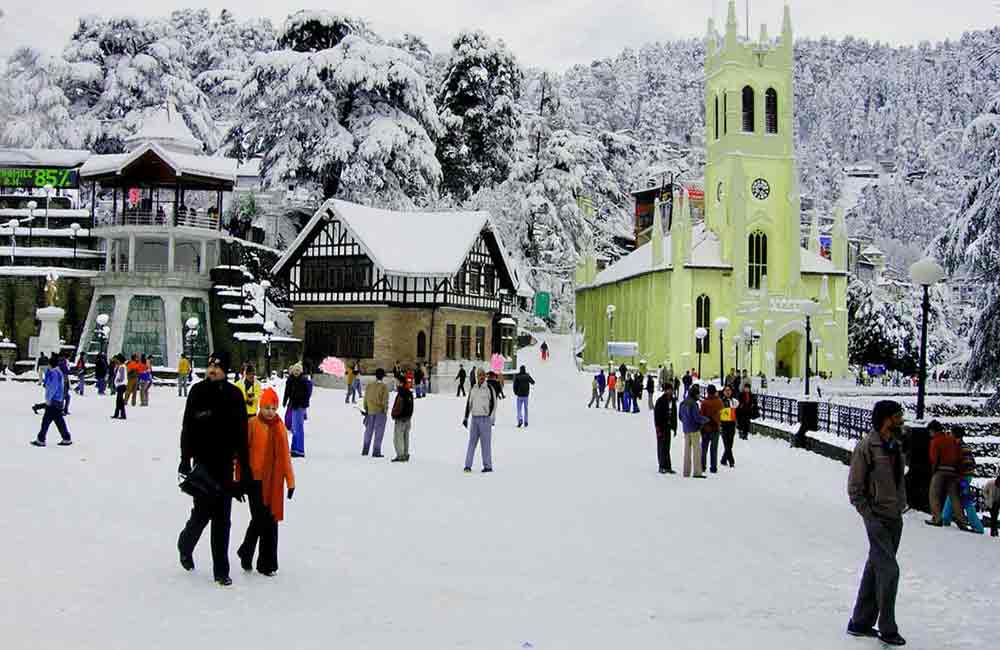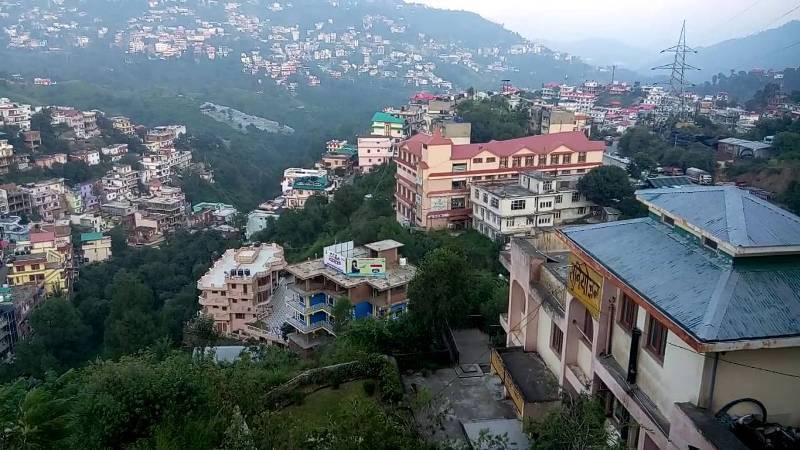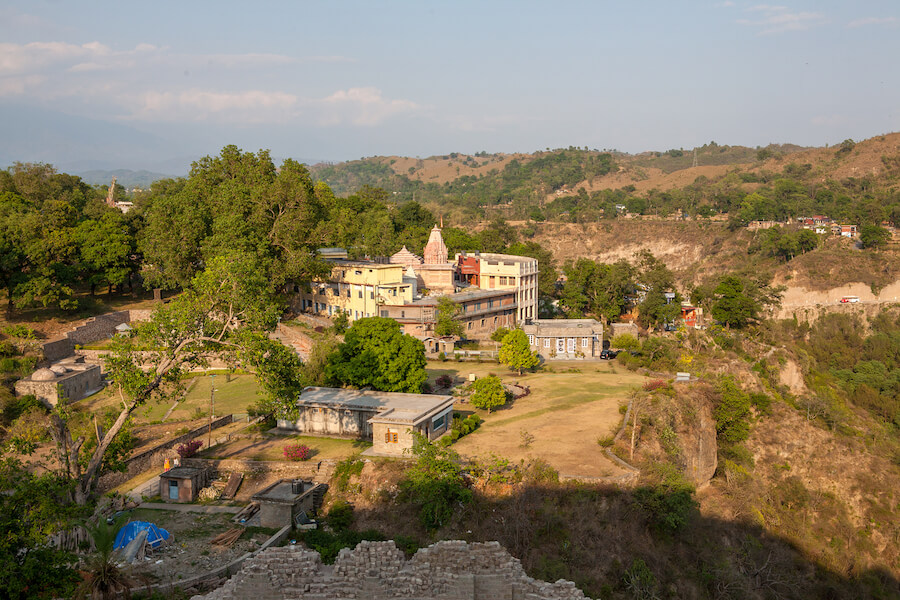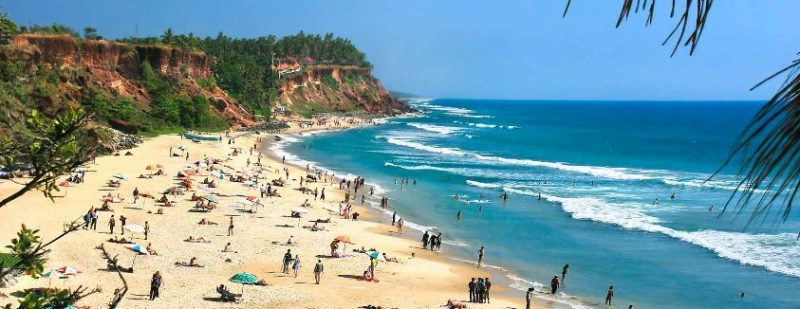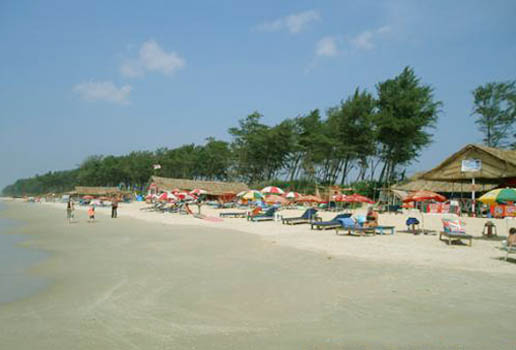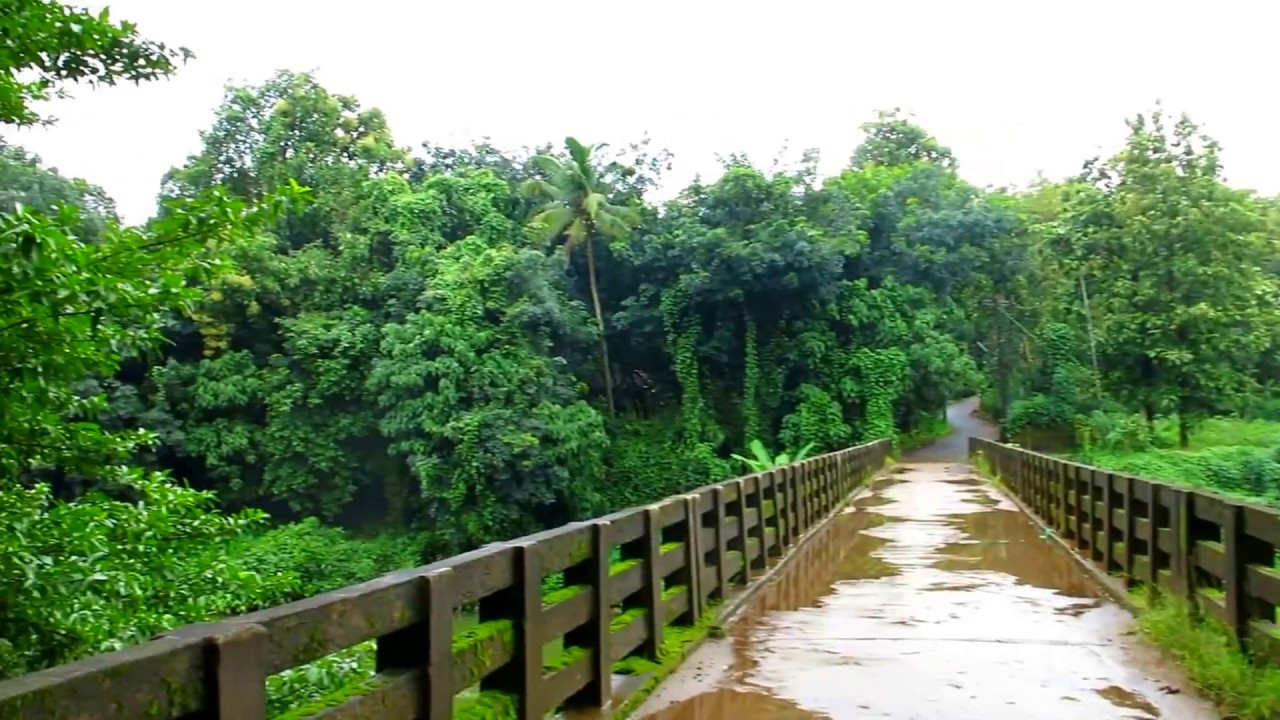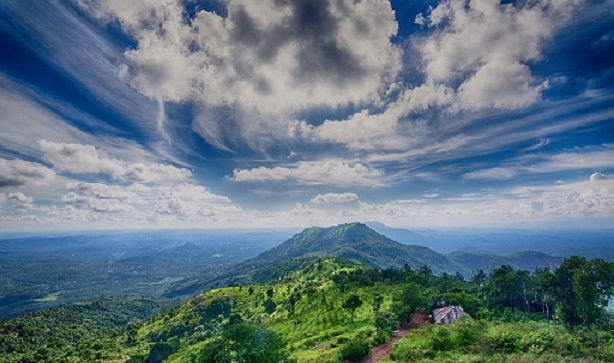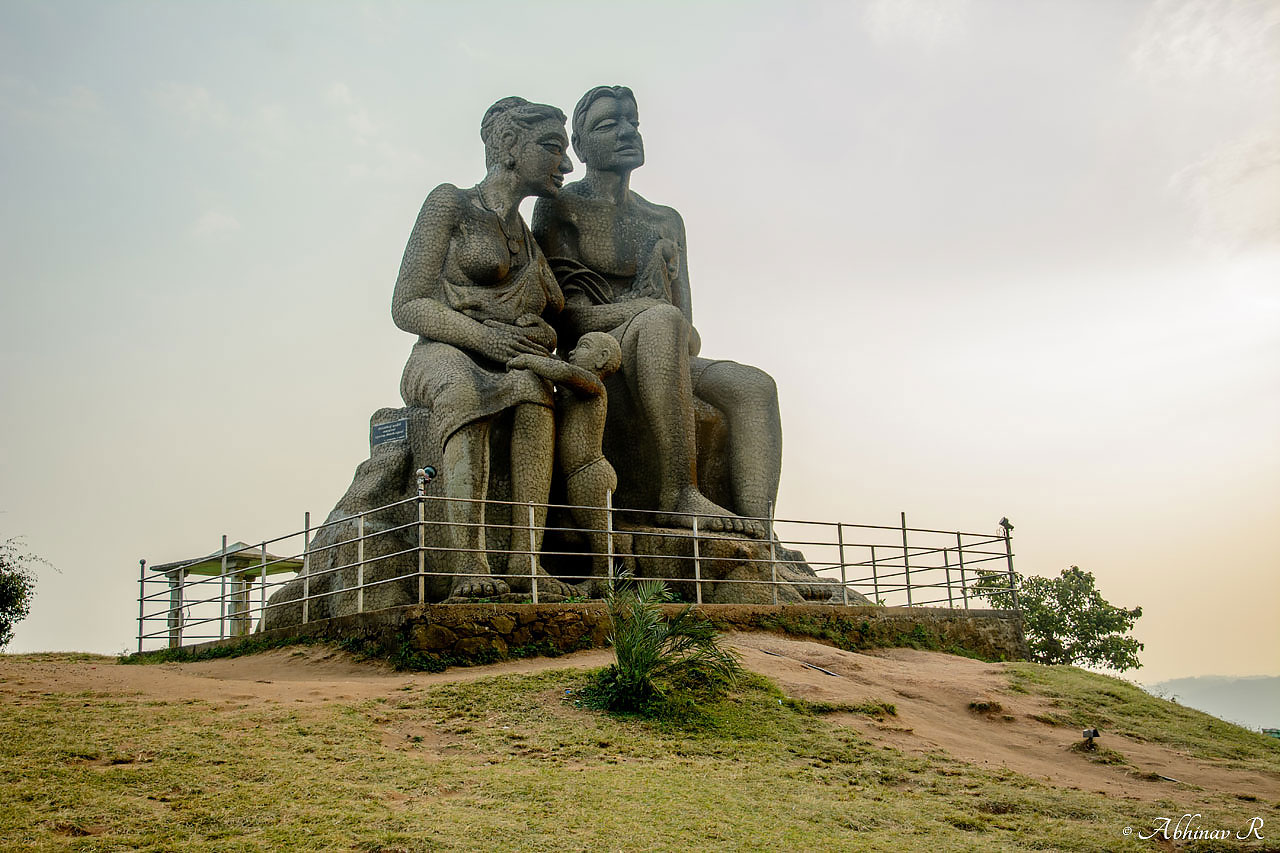Jyotiba Phule Nagar Tourism
Jyotiba Phule Nagar district was carved out of Moradabad district in 1997 and is named after the social reformer Jyotirao Phule. The district is located in the western part of Uttar Pradesh and has an area of 1,936 square kilometers. The district is primarily agricultural, with sugarcane, wheat, and paddy being the main crops. The district also has several small-scale industries, including sugar mills and handloom weaving. The population of the district is predominantly rural, and the literacy rate is relatively low. The district has several historical and religious sites, including the Sita Temple, Sarnath Buddhist Temple, and the Jyotiba Phule Museum.



